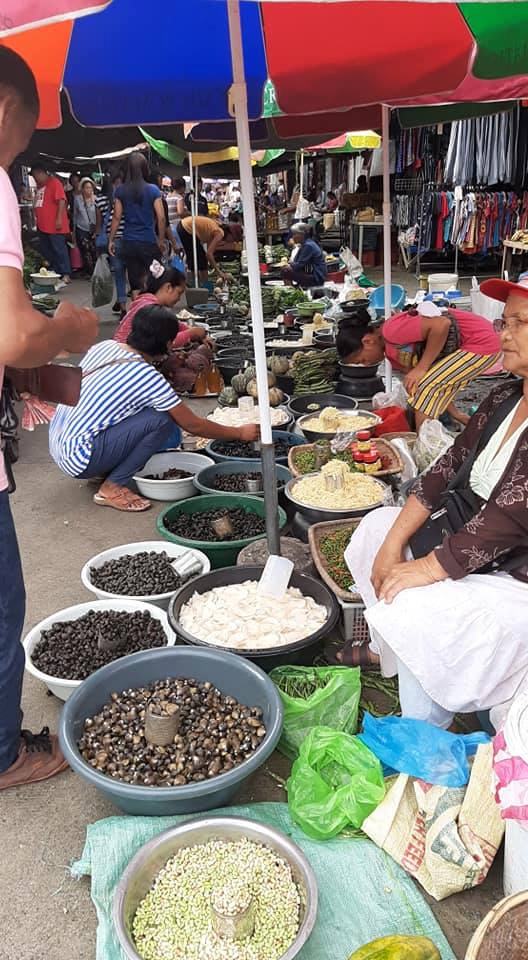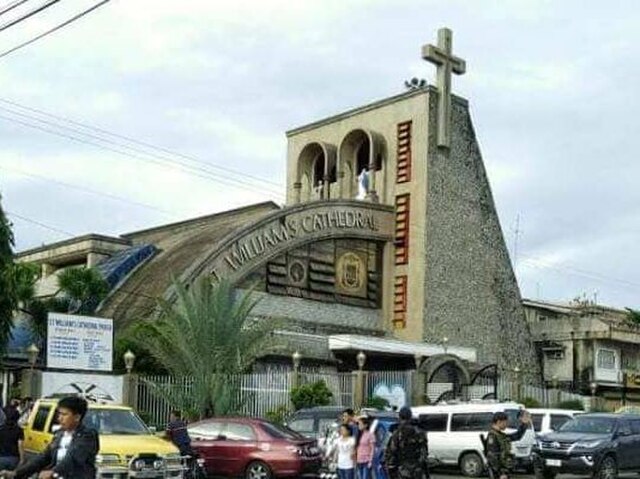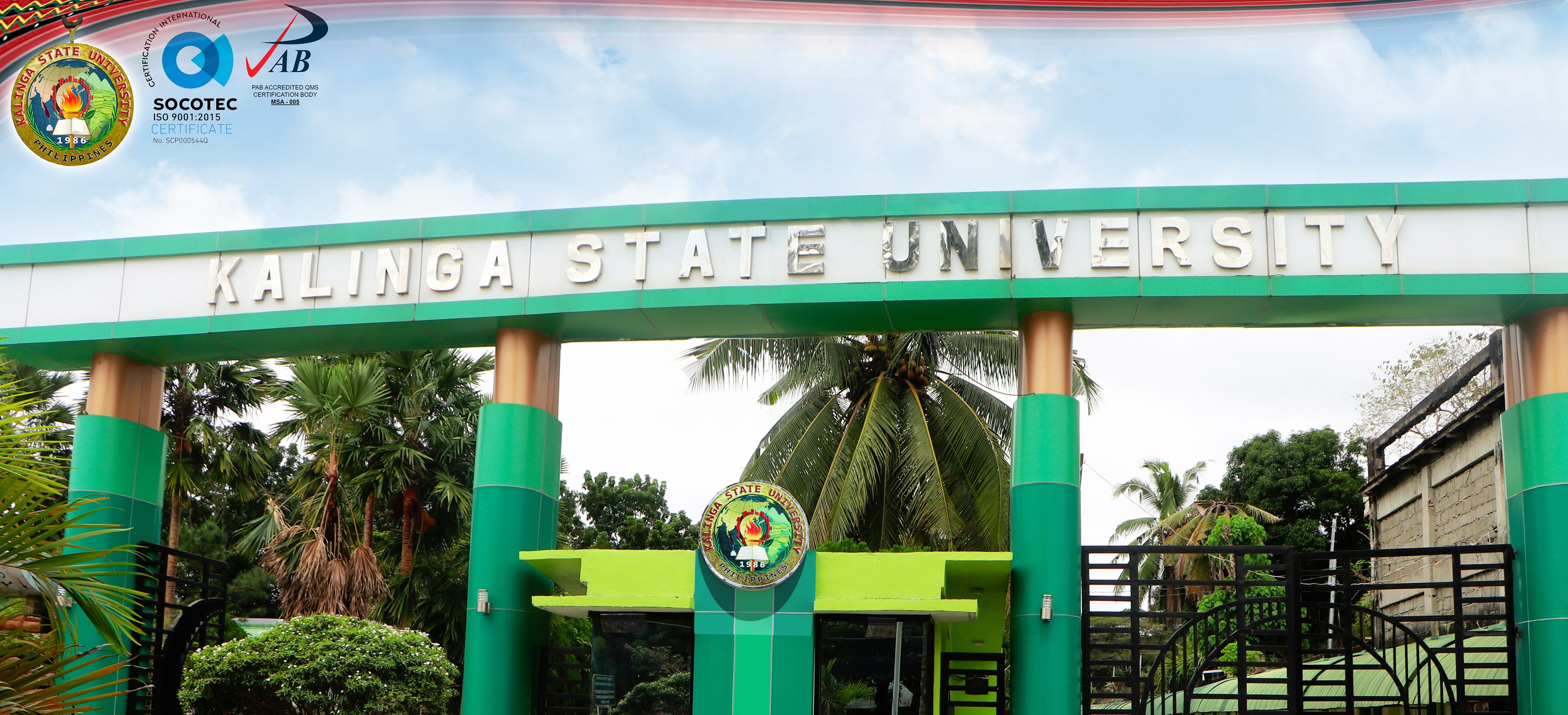Welcome to Tabuk City in Kalinga, and welcome to Anthro on Foot's walking tour! This is a self-paced
walking
tour that features key heritage sites and cultural highlights in the area. We hope you enjoy this tour
as much as
we enjoyed curating it!
The precolonial history of Tabuk in Kalinga is deeply rooted in the cultural heritage of the
indigenous peoples who have inhabited the region for centuries.
The Kalinga province, including Tabuk, has been home to various indigenous groups. The Kalinga
people, with their distinct language and cultural practices, are the predominant ethnic group in the
region.
The Kalinga culture is deeply rooted in their agricultural practices, which include rice terracing
and swidden farming (or slash-and-burn agriculture). They have a strong oral tradition, and their
history, myths, and legends are often passed down through generations through storytelling and
chants. The "Bodong" is a traditional peace pact ceremony that symbolizes unity and cooperation
among different Kalinga communities.
While the arrival of the Spanish colonizers in the 16th century marked a significant turning point
in the history of the Philippines, such impact was not as influential due to the terrain and the
strong tribal-centric culture in the uplands.
The name of the valley originated from Tobog, a lively stream flowing from Sitio Paligatto in
Barangay Balawag to the Chico River. The regions along this stream were initially known as Tobog,
eventually evolving into the term Tabuk.
In 2019, Digdiga Ni Tupayya, a courtship dance from Kalinga that involves the entire community, was
proposed for inclusion in the UNESCO Intangible Cultural Heritage Lists.
Kalinga is home to Apo Whang-od, the oldest mambabatok (or traditional Kalinga tattooist) and
Macli-ing Dulag, a central figure in the resistance against the Chico Dam Project who advocated for
the protection of the region’s cultural heritage, ancestral lands, and human rights.



